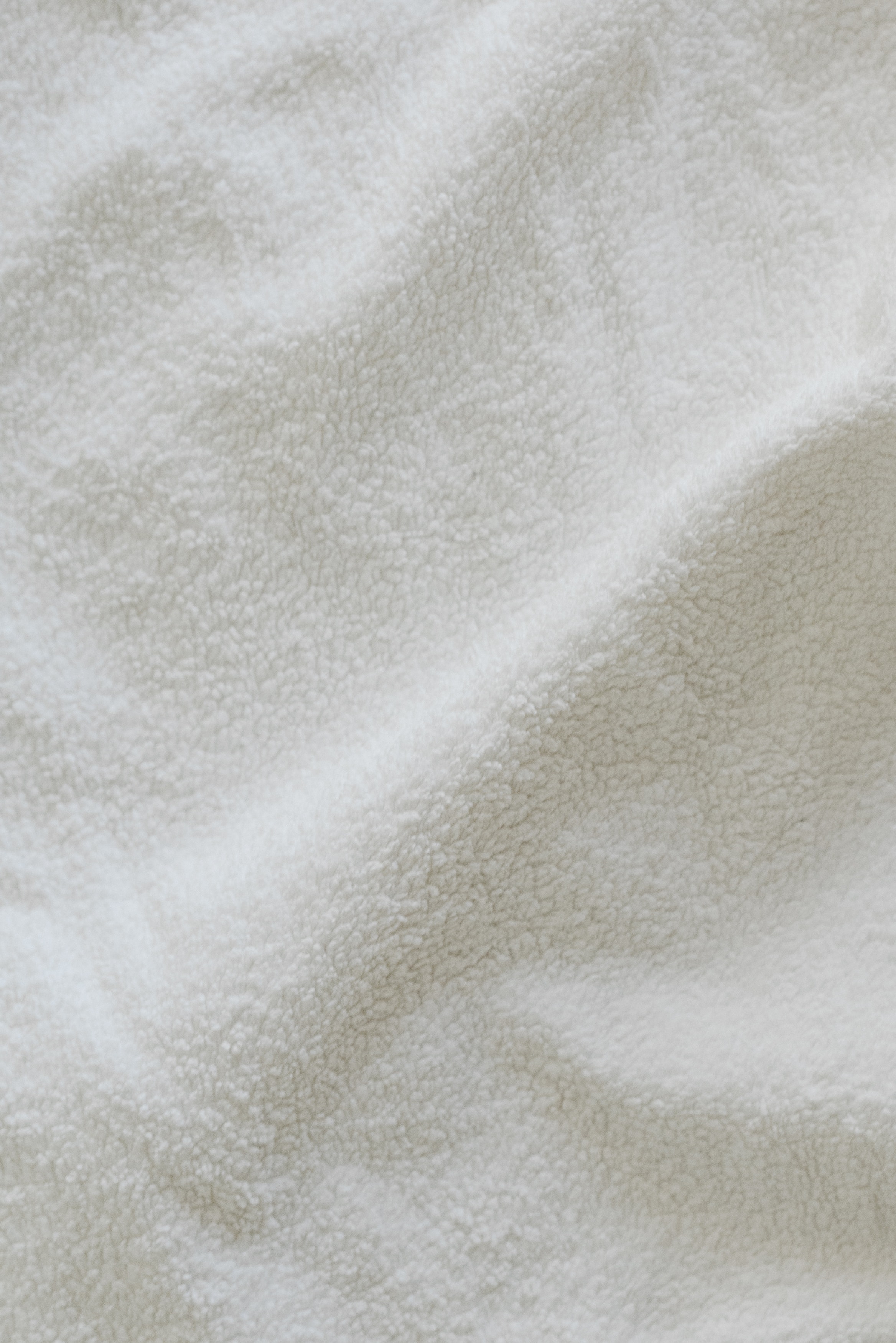We use cookies to improve your experience on our website and to personalise the content shown to you. By clicking 'Accept' you are accepting our cookie policy. You can personalise your options within your browser settings.

Whether you're a seasoned upholsterer, sewer or crafter, you'll have probably heard that organic cotton is a great choice for all kinds of projects. And, while it's true that organic cotton does have some incredible qualities which make it the perfect choice for a wide range of upholstery and other crafting projects, it isn't necessarily the best solution for everything.
Here at I Want Fabric, we've been supplying high-quality upholstery fabrics, tools and other materials to our customers for many years. Our dedication to delivering the best quality products for our customer's specific projects means that we don't always recommend using natural, organic cotton.
Whether you're looking for a sustainable, eco-friendly solution, or hard-wearing, affordable and long-lasting synthetic cotton, our experienced team of fabric experts are here to help.
Most organic cotton is farmed in the United States, India and China. While these countries offer some of the best quality products on the market, they do also come with a higher price tag because of increased labour costs.
If you're concerned about the environmental footprint of your project, then the origin of your organic cotton is something you'll need to take into consideration. Not only does organic cotton have the environmental footprint associated with growing, picking and spinning into a usable materials, there's also the emissions from its transportation to consider.
The farming of organic cotton is a long, laborious process. From planting to harvesting and spinning the actual fabric, it can take anywhere from 3 months to a year before you have your finished product ready for use.
Again, when you consider the transportation time and costs to the UK, it can often take longer than a year, or even two, before the organic cotton is ready to be used in your upholstery project.
Organic cotton has remained one of the most popular as an upholstery fabric because it boasts all sorts of benefits, including:
While organic cotton can be a great option, it isn't necessarily the best choice. There are a few drawbacks you should know about:
Overall, while organic cotton is great for some projects, it may not be the right choice for every task. It's important to consider your budget, project requirements and, of course, the environmental impact before choosing an upholstery fabric.
There are many alternatives to organic cotton for upholstery projects - whether you're a hobbyist or a professional.
Synthetic materials such as polyester, nylon, and acrylic offer excellent durability and come in a wide variety of colours. They are also generally cheaper than organic cotton, meaning you can often save money by choosing one of these options instead.
There are also many eco-friendly synthetic materials available which have lower carbon footprints and use fewer resources in their production process. These materials are often as strong and reliable as traditional synthetic fabrics, but have less of an environmental impact.
At the end of the day, it's important to choose a fabric which best suits your project needs - whether that be organic cotton or one of its alternatives. The key is to weigh up all the pros and cons of each option before making your decision.
When selecting a fabric for your upholstery project, it's important to consider the environmental impact and cost of each option. Be sure to identify what qualities you need from your fabric (e.g. durability, colour range) so that you can select the most suitable material for your project.
In addition, it's worth doing some research into the different types of fabrics available – this will help you to find the best option for your project.
Finally, don’t forget to think about how you'll be using the upholstery fabric and make sure it meets any additional requirements you might have. For example, some materials may stretch, bend or fit awkward shapes than others.
In conclusion, organic cotton can be a great choice for many projects, but it isn't necessarily the best option. It's important to consider all the factors – such as cost, durability and environmental impact – before selecting a fabric for your project.
In some cases, organic cotton may be the perfect material; however, there are plenty of other options available which could be more suitable for certain tasks. Ultimately, it's important to do some research and make an informed decision based on your needs.
By taking the time to evaluate all of the options, you can ensure that you find the best fabric for your upholstery project – no matter what type of material you choose!
Here at I Want Fabric, we can provide a complete range of materials for your upholstery projects.
We hope this article has given you a better understanding of the benefits and drawbacks of using organic cotton for upholstery projects. With the right knowledge, you can make an informed decision about which material is best for you!
For more information, and to dive deeper, check out our articles about the benefits of using wool and the benefits of using linen for your projects!